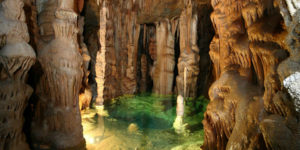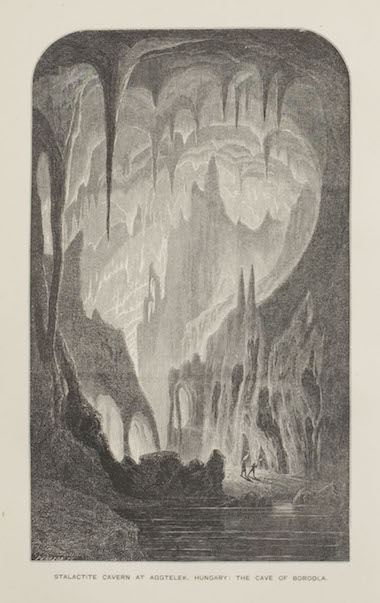
Google maps is a wonderful thing. I can get a look at just about any place on this planet. There are few unexplored, or little explored, places left on the globe. However, as my friend Jack Tyler noted last week, “Step into any cavern anywhere… and anything is certainly possible.”
Google has yet to picture what’s beneath our feet. That territory is fair game for the fertile mind of any novelist.
And I am glad it is. Caves and caverns are fascinating places. Although I don’t think I have it in me to be a spelunker, a touch of claustrophobia puts the damper on pursuit of the hobby, I can enjoy the pastime from the comforts of my armchair.
The internet is ripe with photos of our subterranean world, both natural and man-made. Real places that exist below ground.
Actionsquad.org is an absolutely fascinating site to see what lies below the surface of Minneapolis and St. Paul. There’s also gregbrick.org and Brick’s book, Subterranean Twin Cities. Along with scores of articles and blog posts. And that’s just for what’s beneath Minneapolis and St. Paul.
I used Actionsquad.org and Brick’s book to create the underground world of the neo-Aztec cult in Festival of Death. But what’s even better than a simple adventure in a cave or cave system, is an entire subterranean lost world. I think that’s what makes A Journey to the Center of the Earth so interesting. And enduring.
Bulwer-Lytton’s 1871 novel, The Coming Race, which had a profound impact on occultists during the 1920s and 1930s, is set in a subterranean world inhabited by a race of beings who call themselves the Vril-ya. These beings have harnessed an energy source they call Vril. The book is about the accidental visit of a young man to the land of the Vril-ya and tells of his adventures there and his return home. The book ends with a warning that the Vril-ya are running out of space underground and they see the surface as fair game. Knowing the secrets of how to use Vril, the Vril-ya will make us their slaves.
Supposedly, there was a Vril Society in Weimar Germany. Vril was also claimed to be the power source for the UFOs spotted after World War II. And it is thought the Thule Society conducted a search for sources of Vril energy, and later had an influence on the supposed occultism of National Socialism.
I wonder if Bulwer-Lytton ever thought his imaginary subterranean world would cause such hoopla?
In the March, April, and May 1935 issues of Wonder Stories, Stanton A Coblentz’s novel, In Caverns Below, was published. It’s the story of two men who are exploring a mine shaft and become trapped below ground due to an earthquake. They find themselves in a vast subterranean world inhabited by two countries, Wu and Zu, which are locked in perpetual warfare.
These countries are technologically far advanced compared to 1935 America and Europe. They have death rays and land ships capable of tunneling through the earth.
The novel was republished in 1957 as Hidden World, and was seen as a satire on the cold war between the West and East. Coblentz, however, most likely used the novel to warn readers of the waste warfare generates, the massive destruction it causes, and how it keeps people in a perpetual state of enslavement to the state. Something along the lines of Orwell’s perpetual war for perpetual peace. Coblentz also raised awareness that the only ones who really profit from war are the large corporations because of their obscene profits. A warning about the military-industrial complex long before Eisenhower.
Beneath the earth’s surface is a great place to put prehistoric worlds. Jungles are disappearing and by means of satellites we see everything. So what better place to discover dinosaurs and cavemen than underground? It’s what makes Pellucidar so exciting. Sword and sorcery, sword and planet, and planetary romance — all right beneath our feet, instead of out there among the stars.
And because Pellucidar proved to be so popular, Burroughs had lots of imitators.
HP Lovecraft created his own subterranean world in The Mound, ghost written for Zealia Bishop. It is the world on which I based Stairway to Hell, which will make its publication debut on 26 February.
Lovecraft’s world of K’n-yan is advanced far beyond us. But their pursuit of pleasure, coupled with exceedingly long lives, has led K’n-yanian society to intense ennui and cruelty. Toss in the Cthulhu Mythos, and we have an evil world par-excellence. Or more accurately, a world in which nothing remains of significance.
Subterranean fiction it is alive and well. From primitive worlds to advanced races to the Cthulhu Mythos, there’s something for everyone — right beneath our feet.
Comments are always welcome, and, until next time — happy reading!
Share This!